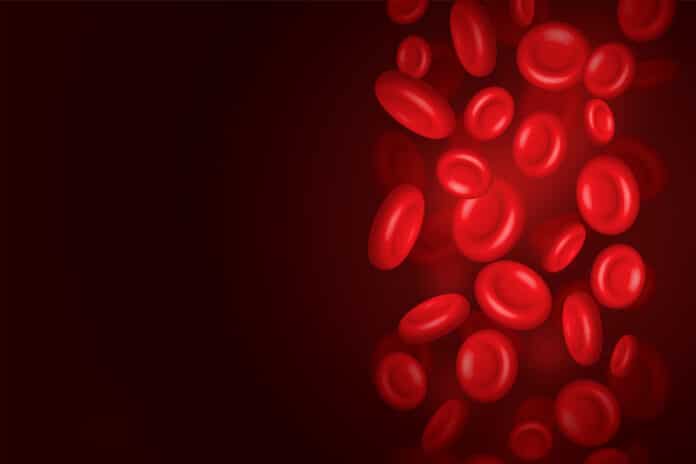Recent research from the University of Gothenburg reveals that modern blood-thinning medications, also called NOACs, can reduce the risk of severe bleeding by as much as 45% compared to the older drug Waran. This discovery comes from a comprehensive and long-term study.
Blood thinners are widely prescribed medicines. The drug warfarin, known by the brand Waran, has been used for over fifty years. In the past years, other medications have been introduced to prevent blood clots, including a group of four drugs known as NOACs, taken as pills.
Before NOACs were available, shorter treatment plans showed that they caused fewer bleeding issues compared to Warren. Because of this, more patients with blood clots in their legs or lungs are now getting lifelong treatment with these newer blood-thinning drugs.
A significant study conducted in Sweden has looked at the risk of bleeding when treating blood clots in the legs and lungs. This is the first time researchers have studied short-term and long-term treatments nationwide. The results show that newer blood-thinning medications, especially one called apixaban (Eliquis), have advantages. Apixaban reduces the risk of severe bleeding by 45% compared to the older drug warfarin.
The person leading the study is Katarina Glise Sandblad. She’s a student at Sahlgrenska Academy at the University of Gothenburg and a specialist doctor at Sahlgrenska University Hospital.
Sandblad said, “We see that apixaban is associated with a lower risk of bleeding in both the short and the long term than warfarin. The short-term risk of bleeding is also lower compared to rivaroxaban (Xarelto), another pharmaceutical substance in the NOAC family. The difference between the different drugs is greatest during the initial months of treatment.”
This study looked at the medical records of 45,000 patients who were treated for blood clots in the legs or lungs from 2014 to 2020. Most of these patients got the newer drugs known as NOACs. Among them, 43% took apixaban, and 40% took rivaroxaban. Only 15% got warfarin; a few got dabigatran (Pradaxa) or edoxaban (Lixiana). The researchers noted that those given warfarin were generally older and had more health problems, which they considered when studying the results.
In conclusion, the study found that apixaban had the lowest risk of bleeding in the first six months of treatment. Rivaroxaban also had a lower bleeding risk than warfarin, but it is less common than apixaban. For extended treatment, both apixaban and rivaroxaban had a relatively low risk of bleeding, around 1% per year, and there wasn’t a big difference between them.
Sandblad said, “Today if a patient is prescribed Waran for the first time by their doctor, in the vast majority of cases, it is for good reason, although it can be a good idea for the patient to ask about that reason. This applies to patients with atrial fibrillation and those with blood clots in the legs and lungs. Breastfeeding patients with a mechanical heart valve or disorder that disrupts the blood’s ability to coagulate may need to take Waran instead. However, many others could switch to a NOAC.”
Journal reference:
- Katarina Glise Sandblad, Sam Schulman, et al., Association of type of oral anticoagulation with risk of bleeding in 45,114 patients with venous thromboembolism during initial and extended treatment—A nationwide register-based study. Journal of Internal Medicines. DOI: 10.1111/joim.13712.
